Story: T Murrali
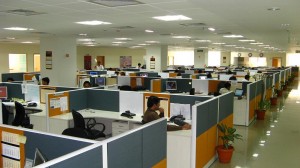 With opening up of the economy, global auto majors migrated to India to capitalise on the accessible market potential. Developing affordable, hightech India-specific products eventually made the country emerge as a hub for small cars and smaller commercial vehicles. Suppliers have also made India a focal point to develop and manufacture cost competitive parts for domestic consumption and for their respective plants worldwide. Development in India is catalysed by the fact that almost all global OEMs have their growth projections based on the up-and-coming markets in Asia, as North America and Europe are saturated. Sales of MNC vehicle manufacturers from the emerging markets are expected to double, from the present 20 percent plus, in the next two decades.
With opening up of the economy, global auto majors migrated to India to capitalise on the accessible market potential. Developing affordable, hightech India-specific products eventually made the country emerge as a hub for small cars and smaller commercial vehicles. Suppliers have also made India a focal point to develop and manufacture cost competitive parts for domestic consumption and for their respective plants worldwide. Development in India is catalysed by the fact that almost all global OEMs have their growth projections based on the up-and-coming markets in Asia, as North America and Europe are saturated. Sales of MNC vehicle manufacturers from the emerging markets are expected to double, from the present 20 percent plus, in the next two decades.
According to OICA data, volume for all vehicles manufactured in Europe has dropped to 1,82,82,465 units in 2013 from 2,10,79,317 in 2005. In the Americas, the fall was 1,75,13,816 in 2009 from 2,33,12,967 in 2005. However, post recession it grew to 2,50,03,803 units last year while regions comprising Asia, Oceania and the Middle East doubled sales to 4,04,54,477 in 2013 from what it was in 2005. It is estimated
that sales in this region will double in the next ten years while that in the other two regions will continue to dip or witness marginal growth. Therefore, OEMs are shifting focus on production to Asia and the BRIC countries.
One of the key requirements for growth augmentation is to develop products in targeted markets. Realising this, quite a few global companies had set up technical and research centres in India during the final decade of the last millennium. Harish Lakshman, president, ACMA, says India offers specific advantages in terms of inexpensive technical and engineering skills. The country possesses immense intellectual capability along with
abundant skilled labour, which makes it a perfect destination for carrying out research activities from the standpoint of technology and innovation.
Interestingly, smaller towns in India are fast emerging to offer up to 40-50 percent savings on costs as compared to metros. With this in view, MNCs in India have started setting up secondary R&D centres for non-core work in Tier-2 locations in India such as Madurai, Chandigarh, Baroda, Coimbatore and Bhubaneswar.
According to SIAM president Vikram Kirloskar, R&D is driven by a robust ecosystem comprising of skilled and experienced engineers with a frugal mindset relating to automotive domain, design and IT infrastructure, coupled with the low cost of manpower and operations. During the last 15 years, India has gained an enviable reputation in all such areas. Furthermore, India is one of the fastest growing markets in the world especially for lightweight and compact design vehicles, which has emerged as one of our core areas of strength. This has made India a highly attractive and
competitive base for automotive R&D and engineering, both in vehicles and components. “As we further develop our automotive testing infrastructure, especially through the NATRIP project, India’s competitive edge in automotive R&D would get further enhanced,” he
asserts.
Dinesh Tyagi, Director, iCAT, says India has created an efficient, cost competitive niche in virtual engineering, the key reason for many MNCs to set up R&D centres here. Rakesh Batra lists available engineering talent, increasing electronic content, low costs and localisation as reasons for spreading tech centres. While agreeing to this, Wilfred G Aulbur, managing partner, Roland Berger Strategy Consultants, clarifies that the challenge is to find sufficient talent in the home country (e.g. in electrical and electronics); time and costs are of gain to MNCs when working out of India.
Auxiliary Support
While it is heartening to note that global companies have built tech centres here, there is a perception that these units act as auxiliary support to their respective headquarters. Lakshman agrees to some extent, “We are only seeing the germinating of an R&D culture in India; we are still to graduate as a nation with our own eco-system for R&D. With little or no risk mitigating factors, we are yet to see large scale R&D activity from Indian suppliers.” Some MNCs do hive off parts of the product development mix across regions to share the burden. Once the prototype is perfected, India certainly has the means to produce the final product. This, therefore, translates into a profitable model for manufacturers as the finished products are shipped out to other markets abroad. Kirloskar agrees this is true to a large extent. While the core areas of R&D which involve development at the systems level and integration into a complete vehicle is still happening at the primary R&D unit, the area that is amenable to off-shoring is the analysis, which is in the mathematical domain. This is being progressively shifted to India by the MNCs, with the related software and control module systems increasingly prepared here. In future, there will be opportunities to move to higher levels of synthesis, to find new solutions using mathematical models.
However, many Indian OEMs are using their R&D centres to design and develop complete vehicle platforms which is a more inclusive and holistic
activity. In many cases, the prudent mindset of the Indian engineer has enabled development of complete vehicle platforms at a fraction of the
international cost.
Disagreeing, Aulbur declares that while close integration of the tech centres is important, to ensure same processes, quality, culture and approach, many OEMs and suppliers have a vision for the tech centres to graduate as a function of time, for instance, from components to systems to vehicle variants. As such, centres can potentially allow OEMs to venture profitably into new niches since the cost of engineering in India is still significantly lower than in Triad markets. “On the supplier side, we find companies having their global centres of excellence already in India, e.g. the global responsibility for glove box is handled out of Pune for Faurecia,” he points out. One clear benefit from this is modifications for the Indian market can be made and signed off locally. This increases the value proposition of vehicles for Indian customers and dramatically reduces turnaround time; as the local organisation does not have to wait for clearances from headquarters where the engineers are already overworked. Batra and Tyagi agree with Lakshman. Batra feels there may be sensitivity to job cuts in home markets, if large chunks are outsourced to offshore tech centres. Also, product development is a complex process with large investments, liability and risks for the parent; it takes time to build competencies for complete end-to-end model development. The centres typically start with some level of CAD/ CAM component design and modelling, engineering systems and analysis, to finally end in product development. Tyagi pitches in to state that many of the technical centres cater to job-based needs of the main centres located elsewhere. He opines that these centres can grow from job work to design components, sub-systems, complete systems, and aim to offer end-to-end services, participating in vehicle programme development from the concept stage. Centres under NATRIP like iCAT and GARC can partner these centres to realize this objective.
OEM
As tech centres of OEMs based out of India develop complete capability, they will design cars for multiple markets, affirms Lakshman. Both Lakshman and Tyagi do not see tech centres of global OEMs helping their Indian counterparts due to the competitive nature of business. Tech centres provide employment to a large number of engineers whose capability level for analysis of subsystems and vehicles in India is growing strongly.
This is gradually creating a reservoir of R&D personnel employed by Indian OEMs for design and development. Conversely, many Indian OEMs are also training engineers who then migrate to MNCs where they can utilise their skills in vehicle and component R&D, says Kirloskar. So, while there may be no direct benefits of MNC tech centres for Indian OEMs, the indirect benefits due to movement and migration of expertise can be quite significant.
For General Motors Technical Centre India (GMTCI) product development support for mid-cycle enhancement of local products was the first step
towards transition into a capable product engineering centre. P Balendran, vice president, GM India, says it has evolved into a core centre of engineering for four streams – product, powertrain, manufacture and design. The Chevrolet Adra concept SUV is the first prototype, developed entirely by Indian designers that made its global showcase at the recently concluded Auto Expo. Earlier, engineers at the GMTCI worked for over two years to fine-tune and adapt the platform for the Enjoy MPV, which is built on a new global passenger car platform, created especially for emergent countries like India. Established in September 2005, GMTCI is one of four facilities in Asia that plays a key role for the GM Design network in India as a centre of development for alternative, environment friendly technologies of the future.
Hyundai’s engineering centre focuses on the economics of localisation while retaining global quality. In the coming years, it hopes to achieve greater localisation for mass volume products compared to the premium line. The centre has advanced with relevant inputs to make products appropriate to the Indian market. In addition to supporting the Chennai plant, it also offers expertise to the parent R&D centre in Korea for registering patents. Established in 2007, the India engineering centre is initiating competencies in vehicle improvement for the Indian Market. “As you know, the Indian market is in a transitionary phase where the trend is skewed towards the utility vehicles. We will align our strategies with these changes,” a company spokesperson said.
Honda had set up an R&D function in India – HGID in 2009, to focus on up to 90 percent localisation and containing costs for its volume models Brio, Amaze and City. “With India becoming a major focus for us, and progressive enhancement, Honda will further expand the R&D operation towards more India-oriented products and their development in the coming years. HGID will play a significant role for developing vehicles as per the demand and requirement in India in future,” says Jnaneswar Sen, sr. vice president – marketing & sales, Honda Cars India Ltd. Besides automobiles quite a few players in the transport industry, including Airbus, are looking at India as a promising destination for research and development. Airbus India Engineering in Bangalore employs 350 local engineers working in engineering design and innovation, with the number working directly or indirectly on Airbus programmes touching 5,000. The cumulative turnover of Airbus generated work in India tripled over the last three years to about € 250 million in 2013; expected to grow significantly in the next 10 years.
Component Makers
Tech centres of MNC vehicle manufacturers and suppliers will support Indian component manufacturers involved in OEMs’ domestic programmes and in sourcing as well. Some centres may assist them in testing and validation, says Tyagi. Batra opines that these centres can play an important role by using frugal engineering concepts for emerging Indian and other markets. “There are many models for conducting research and when it takes the shape of collaboration between an OEM and supplier, it becomes symbiotic. This leads to sharing of risks and costs between the component supplier and the OEM, thus a winwin for both. Also, when a new vehicle is developed and adapted for international markets it has to comply with global norms for emissions, and other regulations; this also leads to research and development related components for the purpose,” opines Lakshman.
Continental’s Tech Centre in India works on a variety of locally and globally relevant projects with affordable and safe mobility being two of the key focus areas, according to its head Raghav Gulur. A good example of a localised product is the ‘Fuel Supply Module’ designed for Tata Nano. In terms of software it is adopting the platform approach for both gasoline and diesel to address shorter cycle time demands of customers. The centre also deploys off-the-shelf electronics platform, which is scalable to provide quick and accurate solutions locally. Similarly, an IP free hardware and software platform solution is developed for the BRIC market. Recently, Bosch opened a new research centre in Bangalore. The Research and Technology Centre (RTC) will focus on the development of connected technologies for the internet on all services. Other focal points will be methods and tools for efficient design of software-intensive systems, as well as image processing. One example of the effectiveness of localisation is the two-wheeler engine management system planned for the Indian market, which is now available in Europe. Mahmood Ashraf, general manager, Bangalore Tech Centre, Faurecia Emissions Control Technologies, says, “We see huge potential in the commercial vehicle segment in India with our
strategic alliance with Cummins. Being part of global R&D, our centre is wellknit within and is an integral part of the knowledge pools and product expert teams that the company has within it globally. As far as market readiness for India, as it scales up the emission norms, Faurecia R&D centre is ready in its resources and technological knowhow. No challenge is a challenge really, for the centre in this context.”
A key contribution of Meritor’s technical centre has been its understanding of local customers and applications, says Thimmaiah NP, MD and CEO, Meritor HVS India. Examples of localising global products for regional needs include upgrading the 1497 axle with increased life, performance and weight optimisation; launch of hub reduction axle, twin-speed axle, drive and drive steer axle for 6×6, 8×8 and 10×10 military applications; and development of axles for LCVs.
Centre of Excellence
Continental’s TCI is being developed as a ‘Centre of Competence’ for developing the Anti-lock Braking System (ABS) for two-wheelers. To improve safety of motorcycles, the centre is expanding its range of Electronic Braking Systems (EBS) by introducing one-channel ABS for smaller motorcycles and scooters. It can be customised for various control strategies in different vehicles including racer bikes, cruisers, sports bikes, scooters or mopeds. In addition, in the software development space, “we are establishing a ‘Centre of Competence’ for software engineering, platform development
and testing centre for Asia for specific domains,” Gulur says.
On the other hand, BTC is becoming the centre of excellence for LCV-range axles and has developed the smallest axle in the Meritor portfolio. It is also the ‘Aftermarket Engineering Centre’ for reengineering and will become a centre of excellence for bearing and seal testing. Peter Tyroller, member of the Bosch board of management responsible for Asia Pacific, says, “India is currently home to our largest software engineering centre outside Germany, and at this new facility, some of the top technical talent in the country will work in close collaboration with the academic community.” Building up engineering competence allows Bosch to do two things. First, it is able to develop tailor-made solutions for the local market in an approach what it calls ‘local for local.’ An example of this is the new electro-hydraulic hitch control for the Indian tractor market, which was developed in cooperation with local farmers. Second, it is increasingly harnessing local expertise for the development of cutting-edge innovations
for the global market – ‘local for global,’ he adds. Ashraf says, “We have a Faurecia Centre of Excellence certified expert in the field of Computational Fluid Dynamics (CFD) at our centre. Today we are capable of designing the product from concept to virtual validation through finite element analysis, CFD and acoustical simulation.”
Partnership
Why are tech centres in India without partners unlike Indian component manufacturers having tie-ups abroad with local partners? Aulbur says these centres typically work on proprietary information and core technology for the parent company. While engineering services are bought locally, the key plan is to keep valuable and relevant information in-house or, in some cases, get it back from suppliers. That is why partnering is the second-best option for many players. Lakshman says ownership of technology and uncertainty are certain inhibitors for collaboration while Tyagi views confidentiality as preventing collaboration with local companies.
Challenges
The single biggest challenge for the tech centres, according to Lakshman, is the absence of an ecosystem to mitigate the risks associated with
R&D. Aulbur says tech centres did face challenges in the early days of providing employees a clear and significant career growth path. They were often not integrated into the global engineering environment and worked as an internal ‘supplier’ who is constantly benchmarked against external service providers, and so on. “Today, many centres are sizeable with over 1,000 employees. Besides size, they also grant access to proprietary technology, which is less often seen in engineering service providers.” “India will continue to play a key role for the Bosch Group, even if the next few years present a few challenges, given the recent drop in automotive sales within the country,” affirms Tyroller.
One of the challenges is the high attrition rate. As the industry expands in size, with new R&D centres in place, it will be a challenge to retain skilled personnel considering the rising demand for such experienced engineers. Secondly, the difference in time zones could be a challenge, especially in areas where collaboration is required with the original R&D unit, informs Kirloskar. The main challenge for these centres is the aspiration aspect, in terms of their capability to grow as an end-to-end service provider, asserts Tyagi. “Engineers working in these centres are not satisfied with the nature of work they do. It is more of job work and the complete operational picture is seldom known to them,” he adds. The challenges, Batra explains, are more internal – integrating teams here with their parent centres, attracting and retaining talent, and convincing decision makers at headquarters on the capabilities accessible in India. “The cost of financing is one of the highest in the world in India; the industry-academia collaboration is weak and we still have to strengthen the relationship between OEMs and component suppliers for a symbiotic
relationship. Also the auto component industry comprises largely small and medium enterprises and they are challenged by their capacity to either
undertake research or even absorb technology,” Lakshman adds. Industry is united in stating that the way forward for Indian OEMs and suppliers
is to invest time and money in research and development, to evolve from ‘print to part’ to ‘concept to part.’ While this is easier said than done,
the challenge is to mitigate risk when cost of finance is prohibitively high. The government has some schemes to support this; however, it is minimal
when compared to the demand. ACI


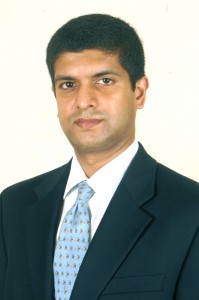
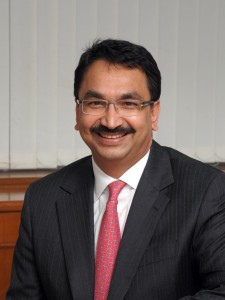


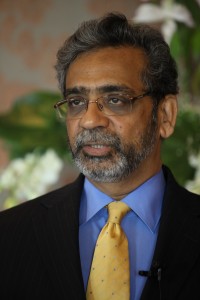
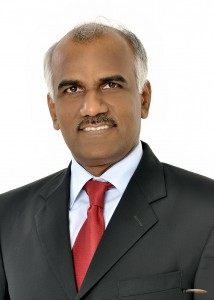
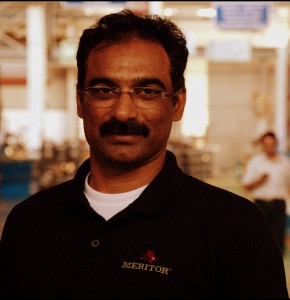

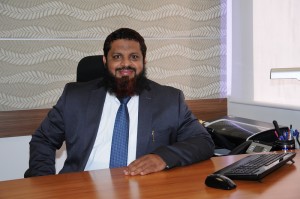


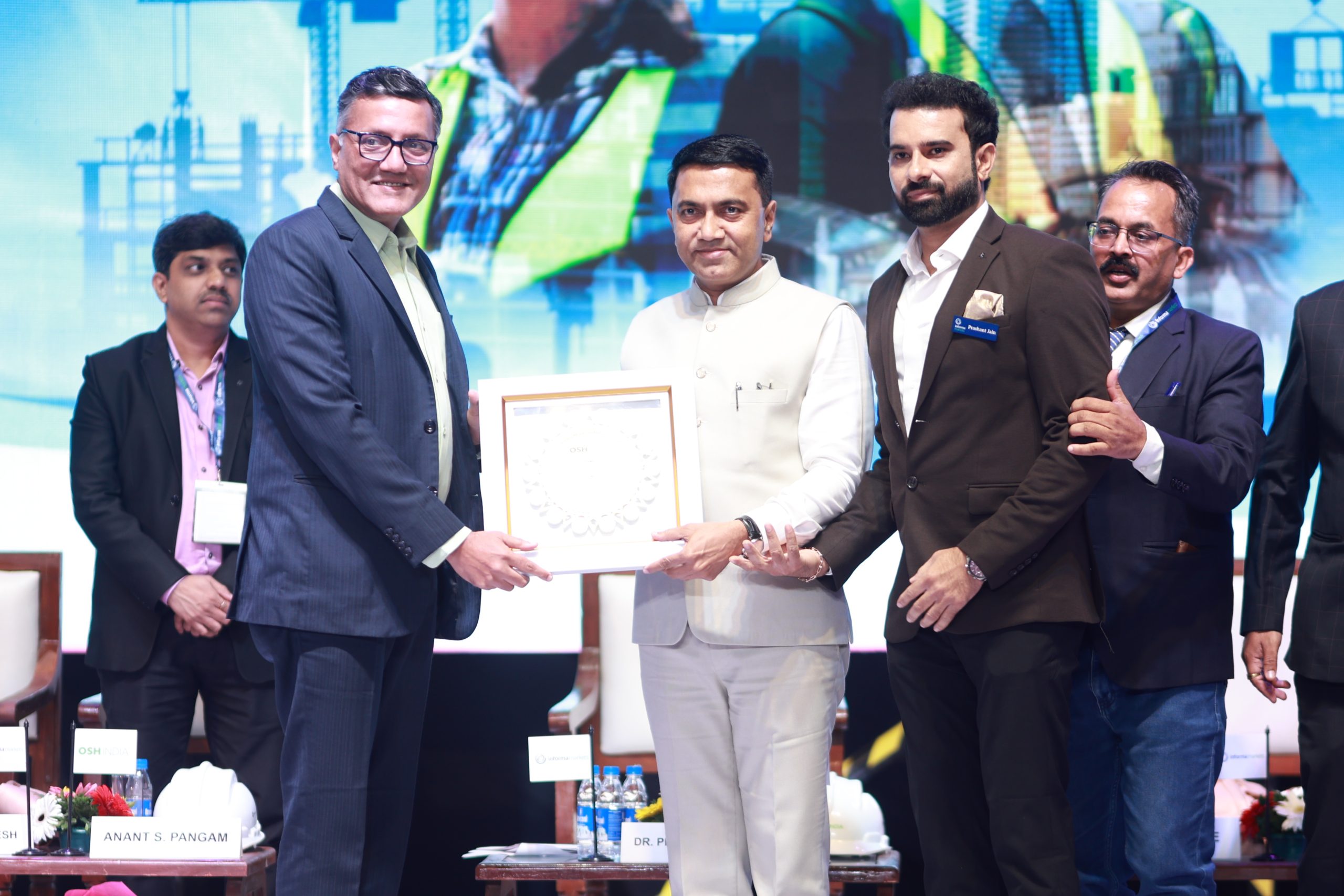




My Homepage
… [Trackback]
[…] Read More: autocomponentsindia.com/the-tech-centre-revolution/ […]